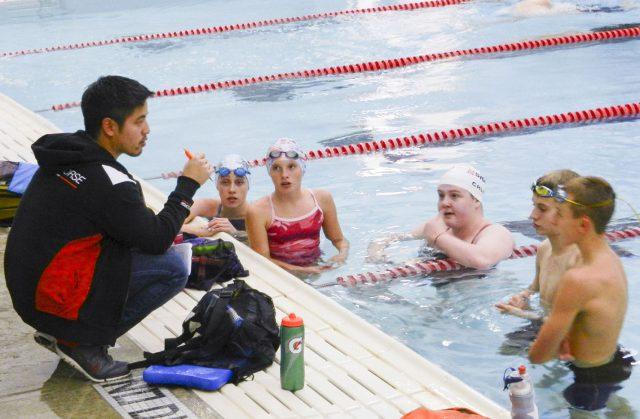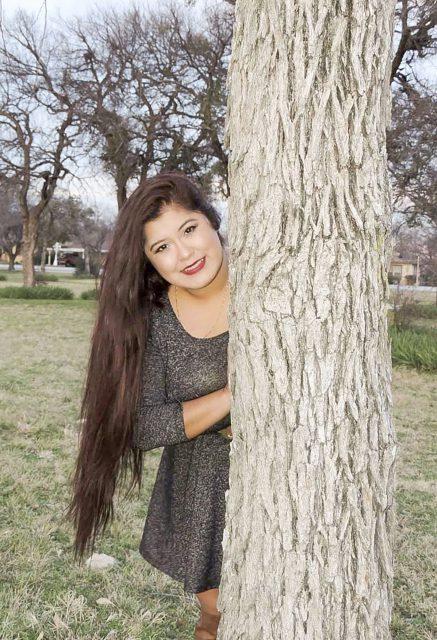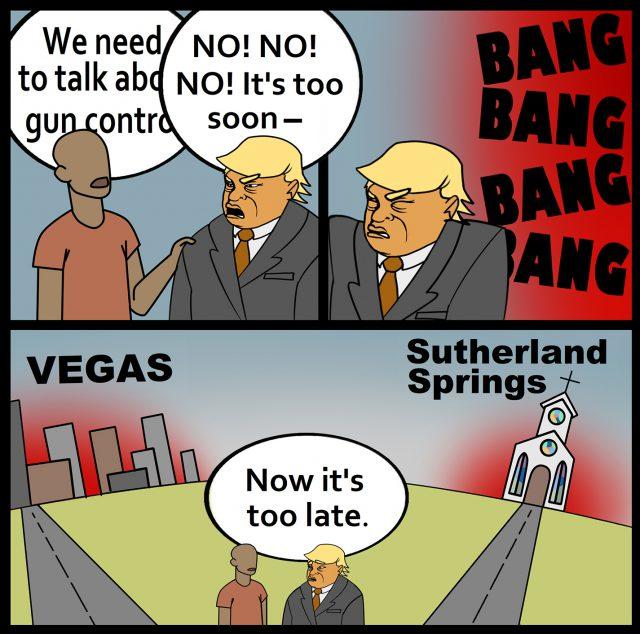By Alisha Thompson/reporter
The director of Virginia Commonwealth University’s teaching and learning center challenged students to connect, analyze, evaluate and extend their critical thinking skills Nov. 6 in the SE Campus ballroom.
“The first step to thinking critically is to begin from within, to think about your own thinking and how to strategically act,” Enoch Hale said.
Many times, students cram for exams and regurgitate material without thinking critically about it or taking it seriously so they can check the completed box. Truth is creative people, who think critically, communicate effectively and have a list of big concepts, Hale said.
Critical thinkers gather and assess relevant information, come to well-reasoned conclusions and solutions, think open-mindedly and recognize, assess and raise vital questions to problems and formulate them clearly and precisely, he said.
Hale used the metaphor “walking is to thinking as ballet is to discipline.”
“The do-what-you-are-told mentality is like walking while the critically thinking mentality is wanting to understand why and explore it further which takes discipline, studying and years of practice,” he said.
Students were asked to work together and fill out a small group instructional diagnosis sheet with their own answers. They learned sometimes things such as hunger, exhaustion, not asking questions and stress can hinder learning while proper nutrition, getting enough rest, showing up to class and asking questions helps them learn.
“I take pride in my work and build my own individual thoughts, SE student Jon Gomez said. “Thinking critically and asking questions is how you learn.”
Students were told to use their critical thinking skills, make a short checklist and ask themselves, “Can I explain this to someone else so they understand it, and how can I connect the issue to my own experience?” Hale said doing so ensures the material they are studying sticks.
“Learning is a process,” SE career and technology education advisor Charles Smith said. “You implement it and learn from it. College is not an end to learning. You can always improve the process of learning. No one has all the answers. Collectively, we can improve.”
Hale showed students three ways to use critical thinking. Students should try and connect ideas they learn in the classroom to their own experiences, extend their thinking in a new direction, and embrace the challenge or confusion while forming questions.
“Our goal is to make critical thinking more explicit in the classroom and to create transformative changes within classes across the institution,” SE quality enhancement plan coordinator Gracie Williams said.





































